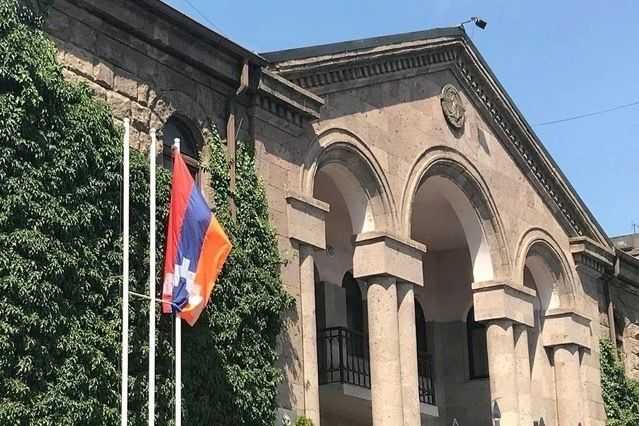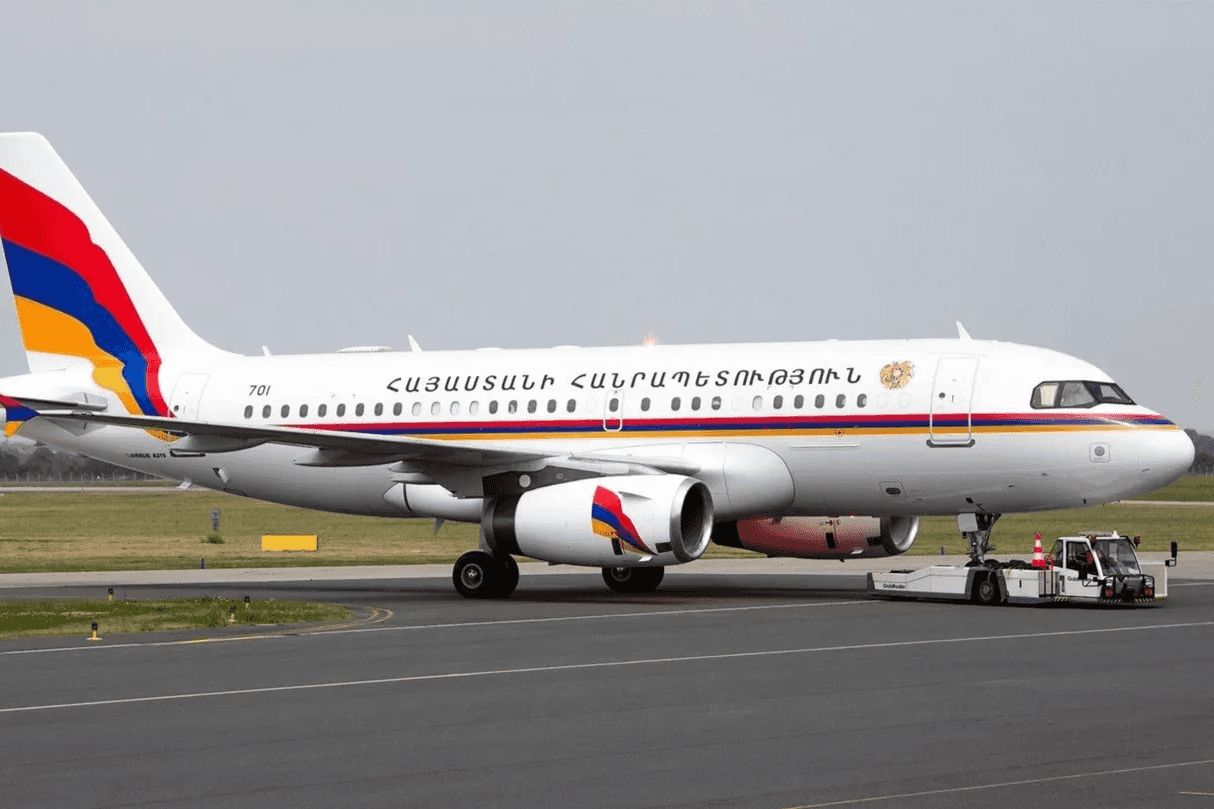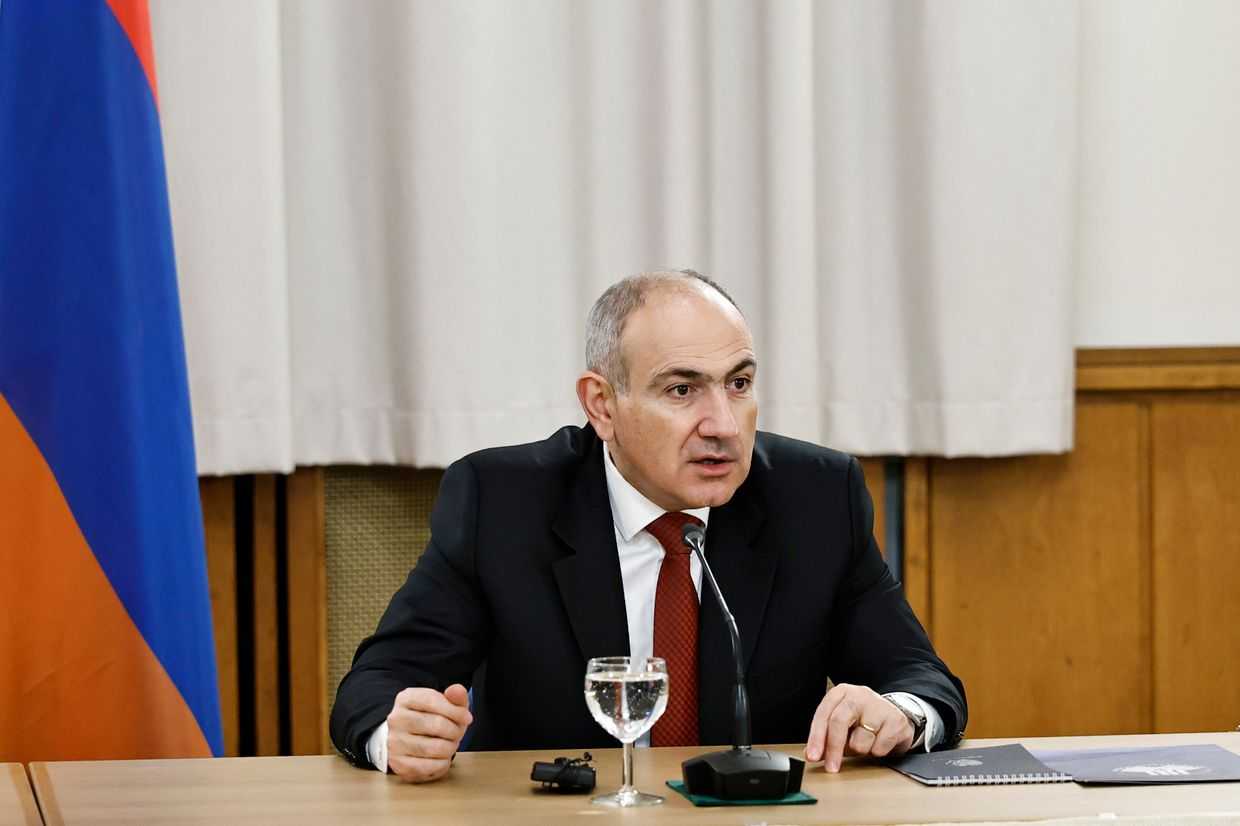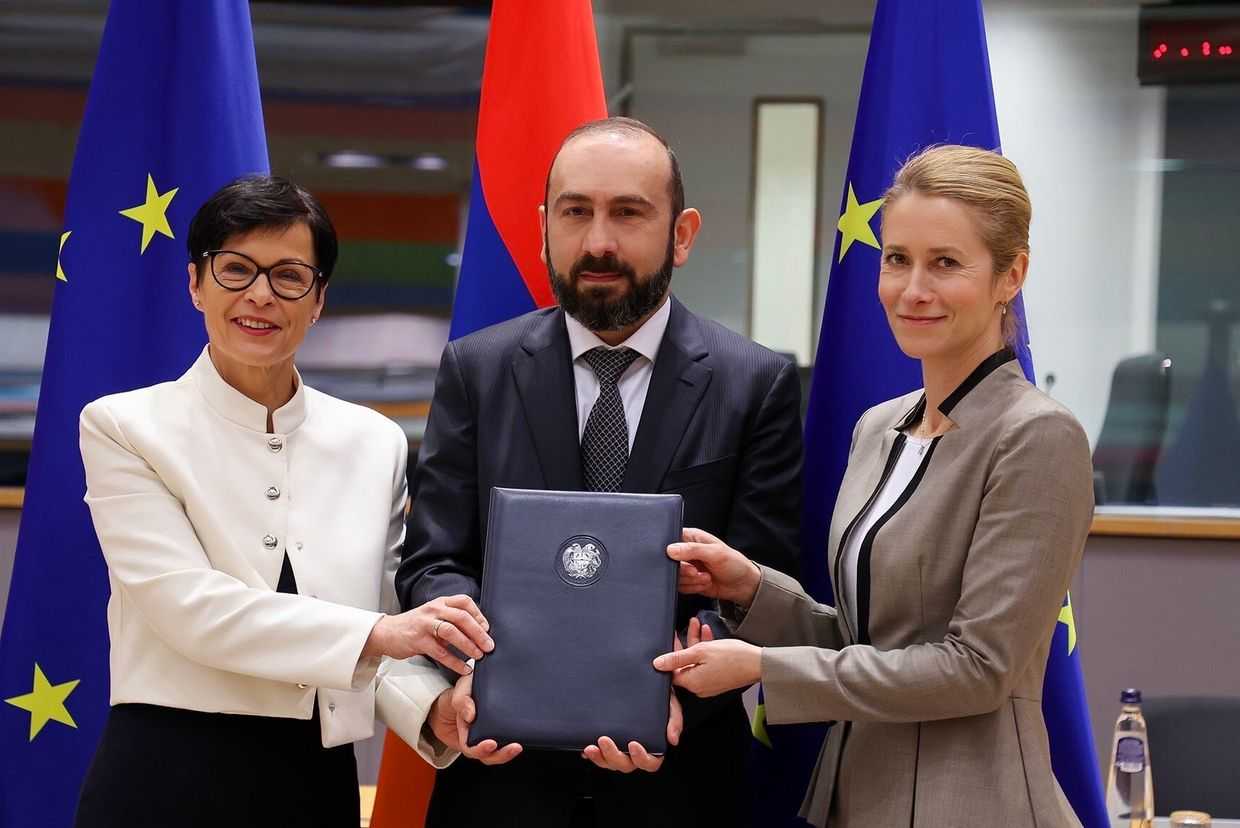
The second Nagorno-Karabakh war has left tens of thousands in need of psychological help. OC Media spoke with two Armenian psychologists about their work in trying to heal the psychological wounds left by the conflict.
When the war over Nagorno-Karabakh broke out, 21-year-old Hermine Mkoyan, a senior student at the faculty of Psychology at Yerevan State University, was immediately mobilised to work with displaced children.
‘The first thing I asked myself was if I was ready to hide my emotions and help. We were prepared for a long-lasting job’, Hermine told OC Media. ‘We couldn’t even imagine when and how it would end.’
Unlike Hermine, Davit Gevorgyan has worked in the field for a long, long time. He has been the Director of the Yerevan State University Center of Applied Psychology for over a decade, but even for someone with experience, the scale of this war has been something completely novel.
‘There were not so many wounded service members during the [April 2016] Four-Day War, we knew almost everyone personally’, he told OC Media.
This time, in coordination with the Ministry of Defence and the Ministry of Emergency Situations, roughly 200 other psychologists and psychotherapists were faced with the prospect of treating tens of thousands of refugees, soldiers, and children.
They were recruited from the private and public sector, and students worked alongside experts that had decades of experience under their belt. They worked across the country — wherever the refugees had settled.
The children of war
The children Hermine works with have all been displaced and are now housed in hotels around Armenia. ‘I thought it was the worst time for getting work experience. But I promised myself to be as restrained as possible, to be ready for even more extreme situations and to consider that children could need assistance that we didn’t expect’.
To ensure that she did not unintentionally increase the harm suffered by her young patients, Hermine did not ask them to speak of the war, though, she said, they almost inevitably bring it up themselves.
‘They came to us to talk about the loss of relatives even before we were informed about it’, Hermine said
The children’s fear also stayed with them. Their sleep was wracked by nightmares, and any imagery of war, ever-present in Armenia today, would trigger a traumatic response. Children would wake up in the middle of the night, Hermine recalls, with the fear that their new home might be shelled. ‘They became more sensitive to those kinds of noises that can be associated with the sound of bombing.’
Hermine said that art-therapy was a technique that the children responded well to. ‘We used to draw or write down their fears and burn them to see them come to an end.’
Another factor that had an adverse effect on displaced children was the sudden change in environment. Being away from the familiar for an indeterminate amount of time would lead to a feeling of being trapped, and would only heighten the already acute levels of anxiety suffered by the children, she said.
Despite being away from home, the children still lived ‘with a mental image of their homes, settlements, and schools’ — constantly fearing what would happen back home. ‘We needed to assure them that, at some point, they might be forced to change schools or towns, but they would never lose their right to education,’ Hermine said.
Older children, particularly teenagers, she said, had their own unique challenges. Some criticised themselves for not doing more to help others, and some just said they simply felt ‘useless’.
Indeed, the older the patient, the worse their mental situation often was.
Davit Gevorgyan explained that children are less likely to develop post-traumatic stress disorder (PTSD) and were more adaptive.
‘It’s not about particular cases when they lost close relatives, have seen the real face of war, and so on. But the more sensitive children are, the more flexible they are․’
The real difficulty was in working with adults, especially those who had seen active combat.
‘We needed to bring them back to reality’
‘The shock was especially acute for those who fought in the first war and had something to compare with’, Davit said. He observed that rather than veterans, it was the young soldiers doing their mandatory military service who were more prepared for the horrors of war than reservists or volunteers, both at a physical and mental level.
‘They knew their duty better and, as strange as it may seem, were more immune’, he said, adding the caveat that ‘more research’ was still necessary to better understand such dynamics.
According to Armenian sources, up to 10,000 soldiers were wounded during the war and a majority of the population of Nagorno-Karabakh were either temporarily or permanently displaced. Working with tens of thousands of patients was a colossal task, a task Gevorgyan said was still far from complete.
Because of the sheer number of patients, Davit and his colleagues had to resort to triage, focusing on preventative psychological treatments that could limit harm and be undertaken relatively quickly after a patient’s exposure to traumatic events. ‘An unnatural reaction to an unnatural situation is normal’, he explained. ‘We needed to bring them back to reality in a few hours or days after the trauma.’
The process was made more difficult not only by the massive number of patients but also the fact that many were not initially willing to receive help. Davit recalled that, with some soldiers, when they presented themselves as medical professionals they were met not only with refusal but even rudeness. They had no choice but to take another, less direct approach.
‘People like to talk about problems when you do not tell them those are symptoms they have’, Davit said, adding that they would speak with the soldiers informally as ‘friends’, and only after such discussions would the soldiers be willing to engage in a more clinical discussion.
When the tripartite peace declaration was signed on 10 November, incredulity, grief, and rage swept through much of Armenian society. But Davit said his patients had a completely different response.
‘The good thing is that no one will die anymore’ — Davit recalled hearing this phrase over and over from most of his patients.
‘The feeling of emptiness and cognisance of what happened comes later’, he said. ‘Now soldiers are beginning to evaluate what is lost and what remains’.
For ease of reading, we choose not to use qualifiers such as ‘de facto’, ‘unrecognised’, or ‘partially recognised’ when discussing institutions or political positions within Abkhazia, Nagorno-Karabakh, and South Ossetia. This does not imply a position on their status








